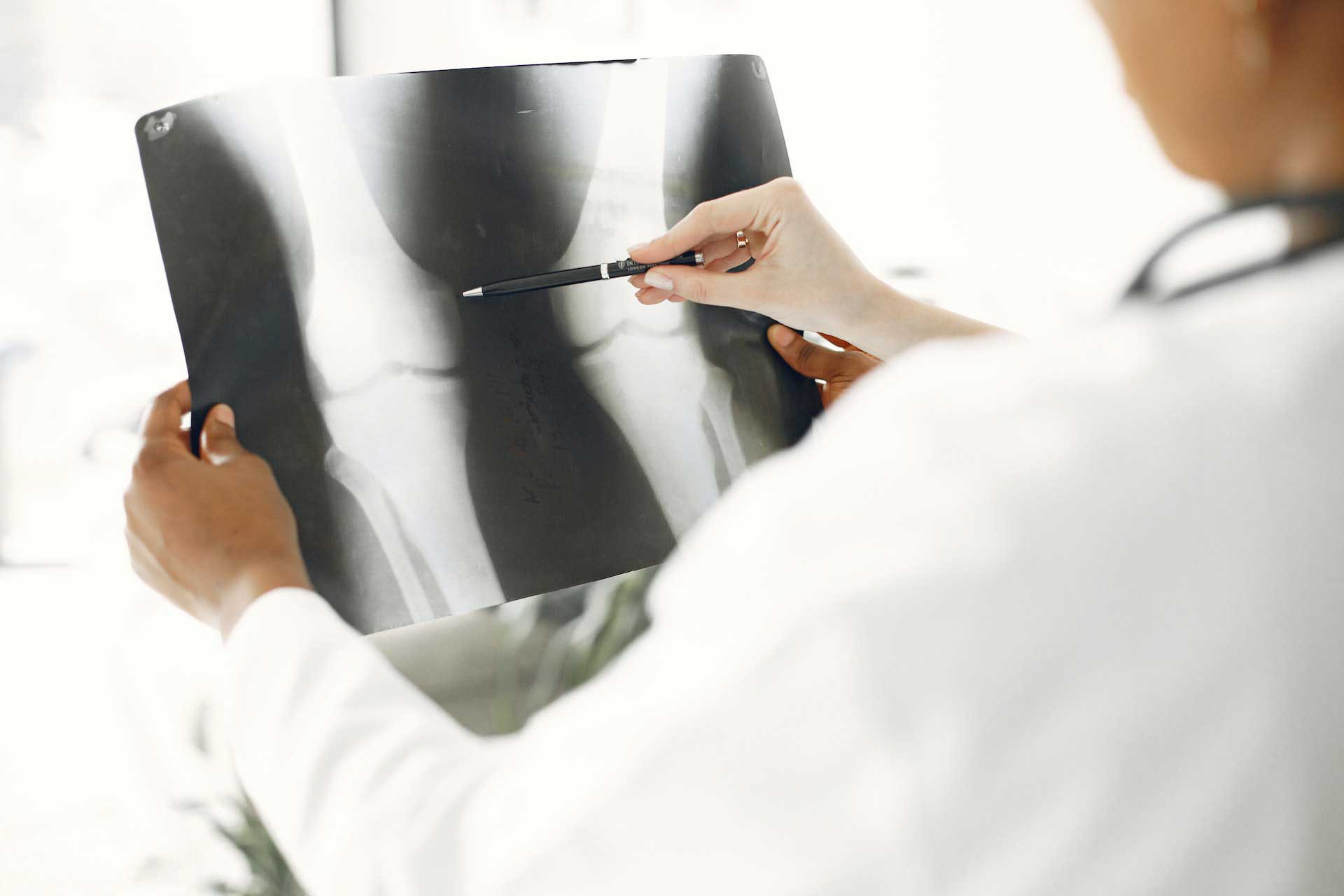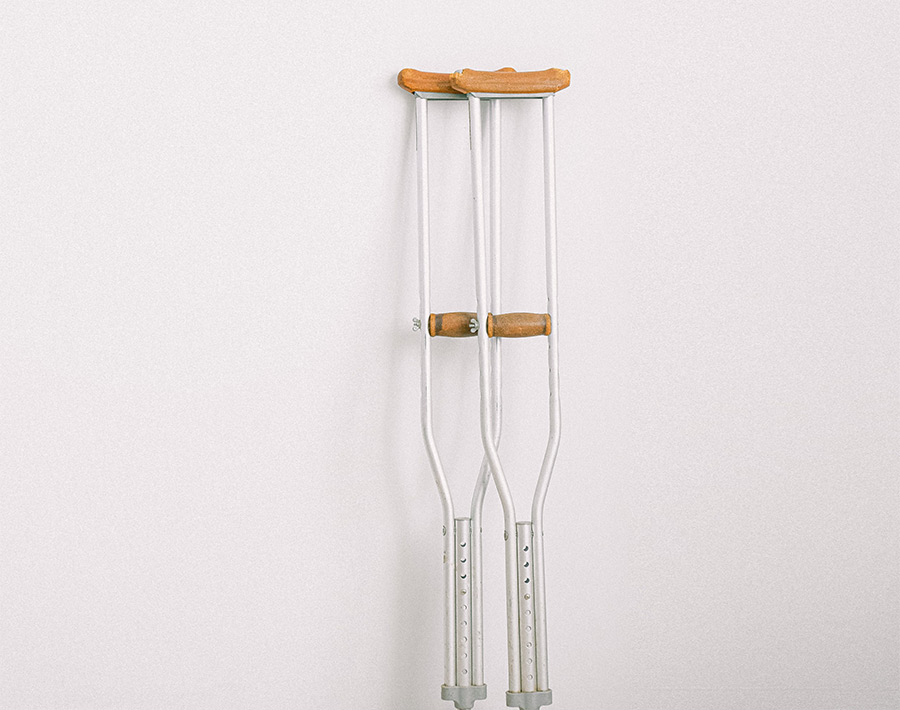Knee arthroscopy is an advanced surgical technique performed through small incisions, allowing for a wide range of procedures within the knee.
This method promotes a faster recovery compared to traditional approaches with larger incisions. While it’s a minimally invasive procedure, it’s essential to recognise that arthroscopy is still a surgical intervention that demands careful consideration.

Arthroscopy is typically carried out under general anaesthesia, ensuring you are comfortably asleep throughout the procedure. Most often, it's done as a day case, meaning you can return home on the same day. However, depending on the specifics of the surgery and individual factors like age and health, an overnight stay might be required.
The surgical process involves making two small incisions on either side of the kneecap (patella). Through one incision, a telescopic camera is inserted, providing a visual guide for the surgeon. Instruments are inserted through the other incision, allowing for precise surgical interventions.
Depending on the surgery type, additional incisions may be made. The incisions are typically closed with Steristrips and/or dissolving stitches after the surgery.
This procedure involves the removal of a torn piece of the meniscus, commonly referred to as cartilage.
In cases where the tear is conducive to healing, meniscal repair may be performed. Various repair methods, including the use of small implants or suturing, can facilitate the healing process.
Chondroplasty targets the treatment of damaged articular cartilage at the end of the bone. This damage can result from injury or osteoarthritis, a degenerative wear process. The procedure typically involves shaving off unstable cartilage areas, and in some cases, microfracture may be performed to stimulate cartilage formation by creating holes in the underlying bone.
This procedure addresses a localised area of articular cartilage and the underlying bone affected by osteochondritis dissecans. Chondroplasty techniques are often employed in this treatment approach.
Lateral release involves the division of tight bands on the outside (lateral side) of the patella, aimed at relieving patellar malalignment and associated pain.
Arthroscopy is typically regarded as a safe procedure, with complications being uncommon. However, it’s essential to be aware of potential serious issues such as infection and calf vein thrombosis.
Despite meticulous precautions, wound infection can occur, although it’s usually manageable with antibiotics. In rare cases, infection may extend into the joint, necessitating hospitalisation, additional arthroscopic surgery, and intravenous antibiotics. Septic arthritis, a consequence of joint infection, can lead to long-term stiffness and osteoarthritis.
Thrombosis, characterised by blood clot formation in leg veins, poses a risk of persistent foot and ankle swelling and potentially life-threatening pulmonary embolism. Fortunately, the statistical likelihood of thrombosis is very low.
Some individuals may experience altered sensation or numbness on the front of the knee due to minor nerve damage from arthroscopic incisions. While these changes typically resolve over time without significant inconvenience, kneeling discomfort may persist for up to 2 months.

Arthroscopic knee surgery usually involves general and local anaesthesia. When they wear off, your knee will become more painful and may also swell. You may be prescribed drugs like paracetamol, Endone, Tramadol or Panadeine forte. You may also be prescribed anti-inflammatory tablets.
An increase in pain and swelling at about day 4 or 5 following surgery is not uncommon. Rest, ice, compression, and elevation (R.I.C.E.) will help reduce your symptoms.
The light nature of the general anaesthetic minimises nausea and vomiting. Anti-nausea drugs are provided postoperatively to further alleviate any discomfort.
Most patients use crutches for comfort during the first 2-3 days after surgery; however, some patients feel they do not need crutches at all. You will be given separate instructions for exercises and physiotherapy to speed up recovery.
Your postoperative recovery depends on the type of surgery performed and the extent of the damage in your knee. For instance, lateral release and microfracture chondroplasty procedures usually result in longer recovery times.
Return to work varies based on the surgery and your occupation, typically ranging from a few days to a week. Normal sporting activities may be resumed within six to twelve weeks for the most common procedures.
These notes from OrthoSport Victoria are for educational purposes only and are not to be used as medical advice. Please seek the advice of your specific surgeon or other health care provider with any questions regarding medical conditions and treatment.
If you are looking to book an appointment, please call us on